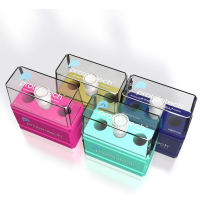Central Nervous System Inflammation and Prion Disease Pathogenesis
互联网
互联网
相关产品推荐

Recombinant Human PRNP / Prion Protein (Fc Tag) | 重组人 PRNP / Prion 蛋白 (Fc标签)
¥4520

ELAVL2 HUB/ELAVL2 HUB蛋白Recombinant Human ELAV-like protein 2 (ELAVL2)重组蛋白ELAV-like neuronal protein 1;Hu-antigen B ;HuB;Nervous system-specific RNA-binding protein Hel-N1蛋白
¥1344

btuC/btuC蛋白/btuC; OE_2952FCobalamin import system permease protein BtuC蛋白/Recombinant Halobacterium salinarum Cobalamin import system permease protein BtuC (btuC)重组蛋白
¥69

TCEANC2/TCEANC2蛋白Recombinant Human Transcription elongation factor A N-terminal and central domain-containing protein 2 (TCEANC2)重组蛋白TCEANC2; C1orf83; Transcription elongation factor A N-terminal and central domain-containing protein 2蛋白
¥1344

Prion protein PrP/CD230 多克隆抗体 12555-1-AP
¥1350
相关问答

